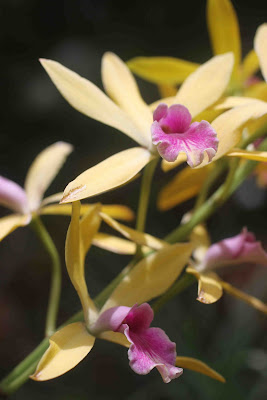Auld Lang Syne
Should old acquaintance be forgot,
and never brought to mind ?
Should old acquaintance be forgot,
and old lang syne ? 
CHORUS:
For auld lang syne, my dear,
for auld lang syne,
we'll take a cup of kindness yet,
for auld lang syne.
And surely you'll buy your pint cup !
and surely I'll buy mine !
And we'll take a cup o' kindness yet,
for auld lang syne.
CHORUS
We two have run about the slopes,
and picked the daisies fine ;
But we've wandered many a weary foot,
since auld lang syne.
CHORUS
We two have paddled in the stream,
from morning sun till dine† ;
But seas between us broad have roared
since auld lang syne.
CHORUS
And there's a hand my trusty friend !
And give us a hand o' thine !
And we'll take a right good-will draught,
for auld lang syne.
Goodbye 2009.
The end of a year is always bittersweet. You want to hold it and kiss it goodbye. 2009 will never come our way again. This year has been magical in many ways - I've seen my life change. I was thrown a temporary new home and an unexpected mentor. And a reminder that magic does still exist.

The year felt a bit like a cactus - prickly but with hidden blooms of beauty and resilience.
I did a lot of traveling which was thrilling and terrifying. I visited Jamaica for the Calabash Literary Festival in May. It was the last time I would see Wayne Brown, my writing coach, as he was struggling with lung cancer. He died in September on the anniversary of my mother's death.
In October we visited friends in Bath and I was able visit the Bath Springs.
I saw this schist relief there and it caught my attention.
 It was found in Cleveland Walk on the slopes below Bathampton Down. It shows three crudely carved female figures wearing pleated dresses. With arms crossed over their chests, they are reminiscent of other mother-figures or goddesses. Bath lies in old Celtic country and there is still evidence of the Druids. Stonehenge is not far away. Mother-Goddesses, found in threes, are associated with Celtic inspiration but are also known from Romano-British context.
It was found in Cleveland Walk on the slopes below Bathampton Down. It shows three crudely carved female figures wearing pleated dresses. With arms crossed over their chests, they are reminiscent of other mother-figures or goddesses. Bath lies in old Celtic country and there is still evidence of the Druids. Stonehenge is not far away. Mother-Goddesses, found in threes, are associated with Celtic inspiration but are also known from Romano-British context.These three are a reminder of the power of magic and of the merging of cultures and religions that would have taken place around these powerful hot springs at the time of the Roman invasion.
Different image but I think it's the same message.
 Happy New Year to us all. The world over.
Happy New Year to us all. The world over.




















































